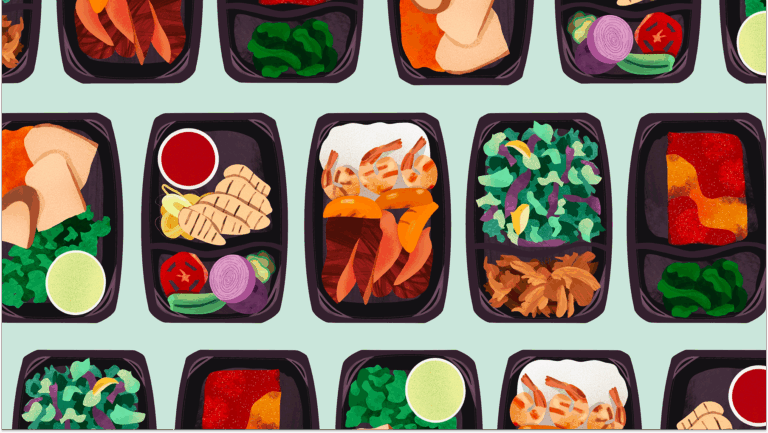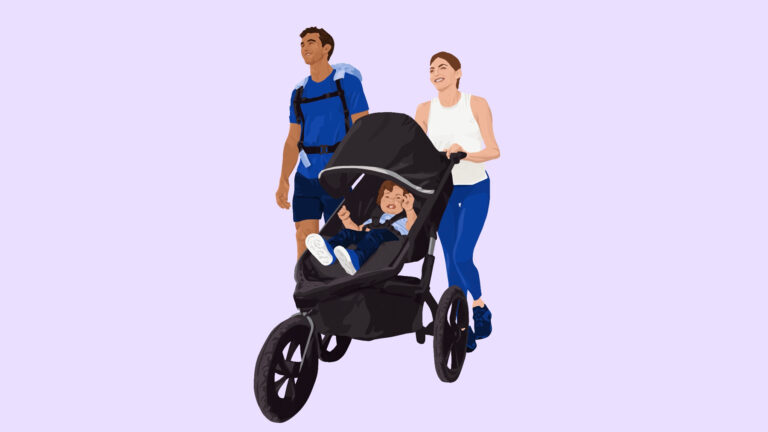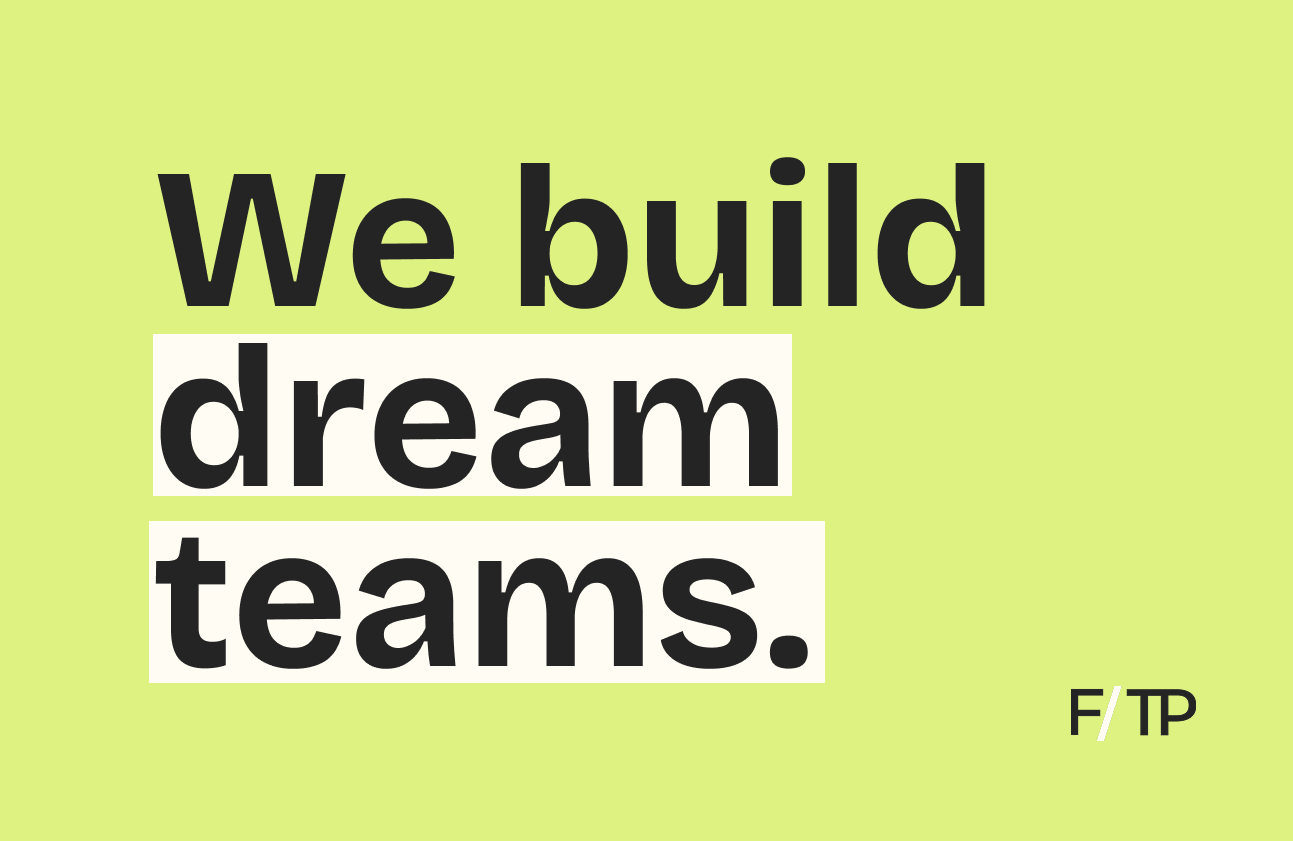With schools closed and kids stuck at home, childhood obesity is expected to surge, worsening a problem of epidemic proportions.
By the numbers
- Worldwide, 340M+ children and adolescents are overweight or obese.
- In the US, one in three children is overweight or obese.
- Childhood obesity costs US schools $14B annually in direct health expenses.
On one hand, a miracle of sorts, children have shown a resilience to COVID-19. They’re not immune. But fortunately, they don’t face a significant risk of death.
On the other hand, contracting the virus is only one risk of this crisis. In the long run, physical health, food security, and the general well-being of children will suffer.
The big picture: Coronavirus aside, for more than 20 years, we’ve failed to curb childhood obesity. Like other aspects of health, fitness, and well-being, we’re actually moving further away from a solution.
There’s no one-size-fits-all solution
Genetics, inactivity, and the ubiquity of fast food each play a role. But in reality, the list of variables is seemingly endless.
From the use of sugar as a reward and parental eating habits to neighborhood design, economic disparities, and governmental policies at every level, childhood obesity is complicated.
“Addressing childhood obesity is absolutely like playing whack-a-mole. There are so many pieces to this, so many factors that are cultural, environmental, political and systemic… But no one has yet come up with the best strategy to make that happen.” — Erica Kenney, assistant professor at Harvard T.H. Chan School of Public Health
Far from a foolproof plan, the most promising initiatives tend to overlap in two areas.
- First, combating the political influence and manipulative marketing practices of “Big Food” is a priority. This effort includes taxing processed foods, banning soda, and eliminating junk food advertising aimed at young children.
- Then, the focus shifts to schools. Improving the nutritional value of school lunches and reducing unhealthy options are essential. And the same goes for mandating PE class and recess, which have been reduced or eliminated in some schools.
Still, there’s a difference between strategy and execution. To date, efforts (and results) have been inconsistent at best.
Making matters worse
Experts say the COVID-19 pandemic will exacerbate childhood obesity.
What’s happening: School closures could result in double the amount of out-of-school time this year. In all likelihood, that time will be spent indoors, in front of a screen, with access to unhealthy foods.
- In stocking up, families are purchasing ultra-processed, calorie-dense comfort foods.
- Social distancing is reducing opportunities for exercise and increasing inactivity.
- Children will spend 2.5 to 3.5 times more hours in front of screens while isolating.
Why it matters: According to Andrew Rundle, associate professor of epidemiology at Columbia University Mailman School of Public Health, children primarily experience unhealthy weight gain during the summer months. Typically, this excess weight is maintained during the school year and accrues summer to summer.
In the near term, more time at home could translate to even more weight gained. And in the long run, being overweight or obese at a young age increases health risks into adolescence and adulthood.
COVID-19 aside, there's no concerted effort to combat childhood obesity
In political circles, policymakers are still debating the efficacy and impact of Michelle Obama’s Let’s Move initiative. Others are busy criticizing President Trump for making school lunches unhealthy again.
In terms of legislation, we’re not sure if soda taxes work, but we know Big Soda isn’t taking any chances — spending millions to lobby against them. Another blip, food companies say they’ll halt advertising to kids. Inevitably, most break their own pledge.
Startup and investment activity is limited
- Revolution Foods raised $138M to deliver healthy meals to schools and families.
- Kurbo Health, a mobile weight loss app for kids, raised $6M before being acquired by WW — a move criticized by practically everyone.
- Focusing on physical activity, GoNoodle raised $11M to create a mindful movement platform for kids.
Related: NEOU recently launched content for kids, Sworkit offers a no-cost youth initiative, and fitness YouTuber Joe Wicks has become the “world’s PE teacher”, streaming workouts during social distancing.
The bottom line
From fitness to wellness and supplements to meditation apps, we’re spending trillions on well-being but we’re growing increasingly unwell. Instead of funding the next “Peloton of X”, it’s time to start, fund, and celebrate science-based concepts delivering actual health outcomes.
Attention innovators: that world-changing problem you’re itching to solve… here it is.
⚡️ Supply & Demand
With the world forced to work out at home, fitness equipment manufacturers can’t keep up with demand.
- Interest in home fitness gear is up 500%+.
- A Syracuse, New York fitness retailer saw a 625% spike in business.
- Colorado-based Rep Fitness did more sales in one day than it normally does in a month.
In an attempt to keep up, US-based equipment manufacturer Rogue Fitness temporarily shifted its kettlebell production to Cumberland Foundry, a 40-person company in Rhode Island. Although Rogue prides itself on being American-made, its kettlebells are made overseas.
“We know we are behind and we are working around the clock to clear the backlog.” – Rogue Fitness via Instagram
The big picture: The gym and exercise equipment manufacturing industry generated $2B in revenue in 2019. Of that, 65% of our exercise equipment comes from foundries in China. As COVID-19 took hold, the supply chain was disrupted, creating shortages.
Takeaway: Beyond fitness equipment, the current pandemic is forcing the US to reconsider its manufacturing capabilities and reassess its reliance on a global supply chain — likely to result in an emphasis on American-made goods post-COVID.
👎 No Deal
Town Sports International terminated its agreement to purchase Flywheel Sports’ cycling studio business.
Context: Once a force in the boutique fitness scene, Flywheel hit a wall.
- In 2018, slowed growth and operational problems led Flywheel to pursue a sale. Failing to garner interest, the sales process was abandoned.
- In May of 2019, Flywheel was taken over by lender Kennedy Lewis. Pivoting to at-home and offloading the studios fell flat. Flywheel began closing studios in August 2019.
- Early 2020 marked the end of Flywheel At Home. And Town Sports stepped in to buy the remaining studios. Then COVID-19 happened.
The situation: With exercising in-person off-limits, and the fitness industry preparing for the worst, this could be the end of the road for Flywheel.
Town Sports is also running out of options. The Flywheel deal would have helped the distressed gym chain manage a $194M debt coming due in November. Now, they’ll have to seek out alternative financing amid market turmoil.
Punchline: If or how either brand survives will be a matter of leveraged debt options and tangled ownership agreements made in a truly unprecedented time.
📰 News & Notes
- World 2.0
- Wexer sees demand surge by 780%.
- Hims & Hers takes on mental health.
- Equinox won’t pay rent, even to its owner.
- F45 and Xponential Fitness put IPO plans on hold.
- Y7 Studio, from “peak growth” to laying off 96% of staff.
- NOBULL totally nailed quarantine marketing with this move.
💰 Money Moves
- Nautilus, Inc., the fitness equipment manufacturer, reported first quarter 2020 sales were up 11% to $94M versus the same quarter in 2019. More from Fitt Insider: COVID-19’s Impact on the Fitness Industry
- Kate Farms, maker of plant-based medical nutrition formula, raised $23M in Series A funding.
- Rebellyous Foods, a food tech company for the plant-based meat industry, raised $6M in Series A funding. More from Fitt Insider: The Plant-based Future
- Spot & Tango, a DTC pet wellness brand, raised $4.2M in seed funding. More from Fitt Insider: The Billion-Dollar Business of Pet Wellness
- SilverCloud Health, a digital mental health platform, secured $16M in Series B funding. More from Fitt Insider: Startups Confront the Mental Health Crisis
- MindNest Health, a pediatric behavioral health app for parents, raised $300k in seed funding.
- BoxMagic, a Chilean gym management software, raised $225K in seed funding.






